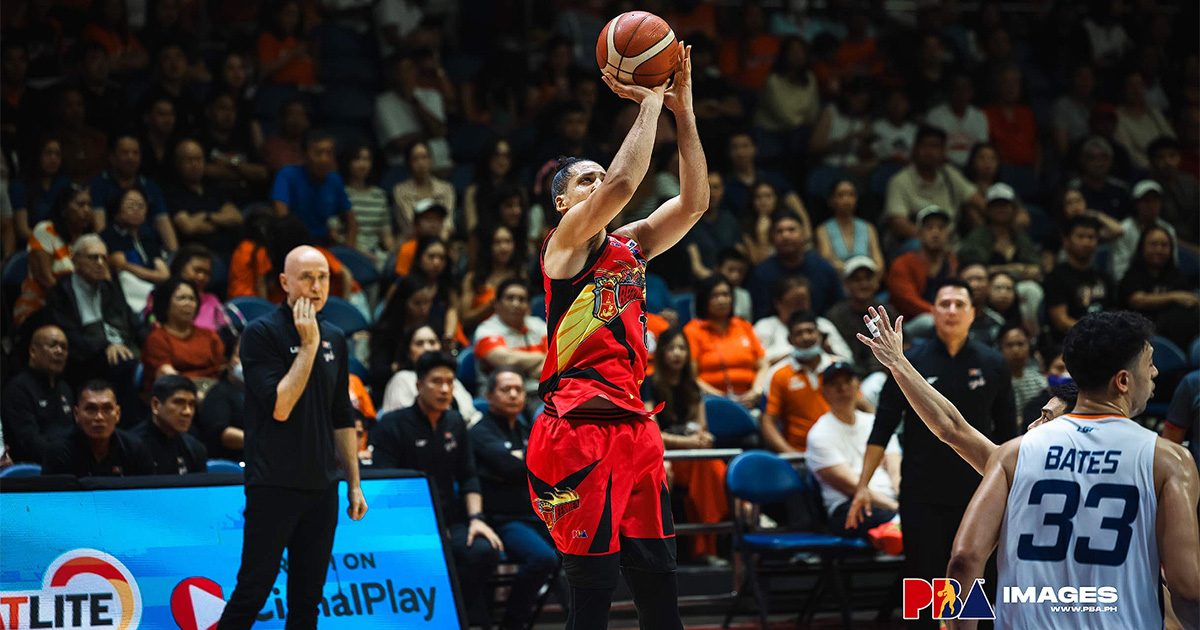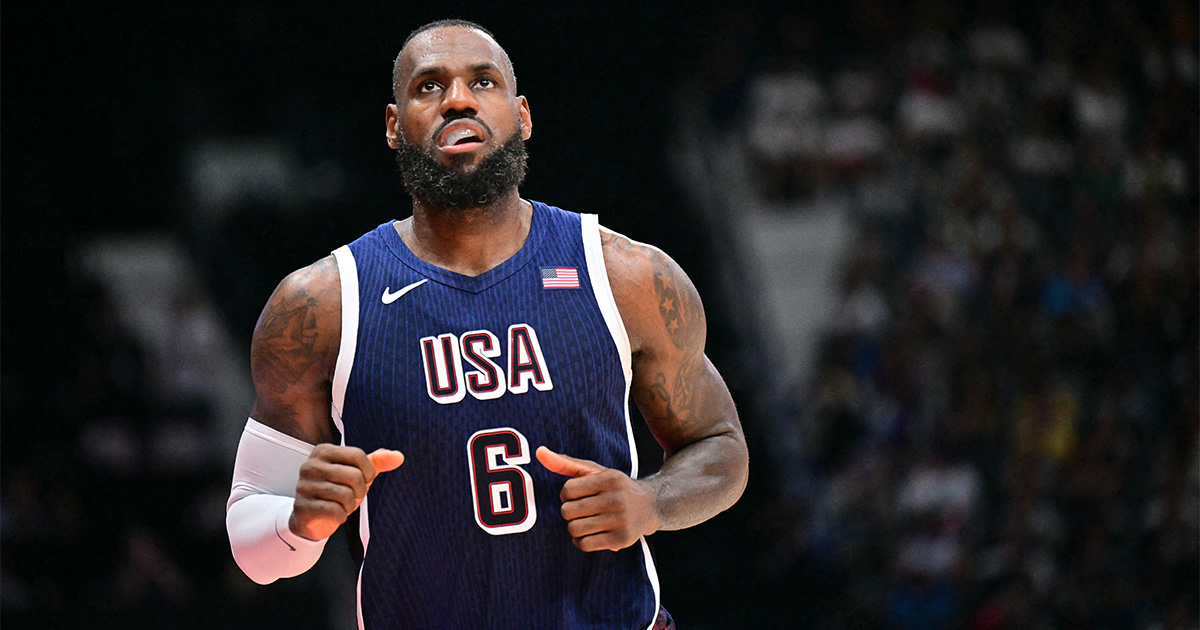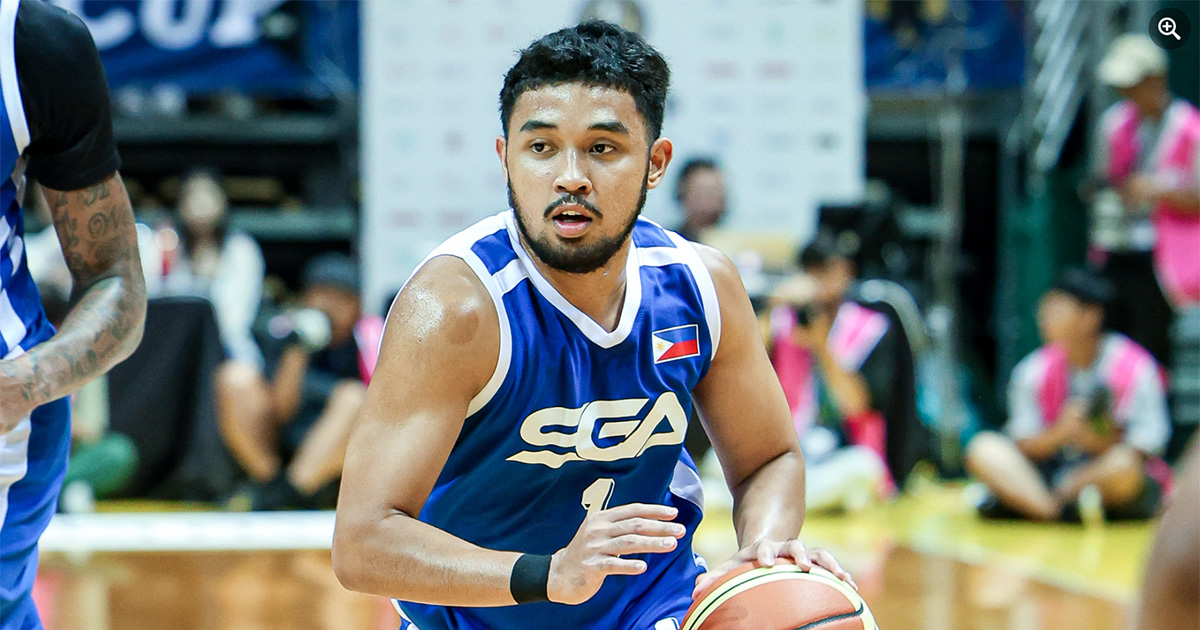Russell Westbrook is being scapegoated for the Lakers’ struggles and the most common criticism is that he keeps bricking shots. He’s shooting 43.8% from the field, which is below the league average of 45.4%, so perhaps there’s some merit there. But keep in mind that he is a career 43.7% shooter, so his current percentage is par for the course. What did Laker fans expect, he’ll miraculously transform into a knockdown shooter?
Before casting any more stones at Russ, just remember that he’s actually shooting better from the field than one Wardell Stephen Curry II. In fact, the gap between Westbrook and Curry (2.2 percentage points) is wider than the difference between the NBA average and Westbrook (1.6 points). Whoa! Are we living in the Upside Down?!
Curry is shooting 41.6% from the field and 37.6% from three, which are both career-worst clips (excluding the 2019-20 season when he was limited to five games due to a hand injury). He had never shot below 45.1% from the field (2013) and 41.1% from deep (2017) in the 11 full seasons he has played prior to this one. On average, his current field goal and three-point splits are some 6 points lower than his career average.
It’s mind-boggling to watch Curry in a prolonged shooting slump, but it’s not entirely surprising. Here’s what I wrote in my Week 1 overreaction piece:
“One more thing to watch out for is Curry’s shooting percentages. He’s on pace for career-worst numbers in both FG% (.434) and 3FG% (0.400). It could all be a blip and he’ll be tearing it up in a couple of weeks, but what if this is an inflection point like Mitch Richmond’s age-33 season? Richmond had never shot below 44.5% before that; he never shot above 42.6% after.”
The NBA is already past the halfway mark and safe to say it wasn’t a blip. Note that he has actually regressed from his subpar opening week as the season wore on. Curry’s hot streak from Nov. 8, when he dropped 50 against Atlanta, until Nov. 28 against the Clippers (10 games, 31.4 points, .507/.466/.917 splits) had him as the early-season MVP favorite, but that turned out to be the blip. After the 10-game run, he’s been averaging 23.6 points on 37.8% shooting from the field and 33.3% from three.
What’s going on with Steph? Here’s my explanation: “The Richmond Cliff” (aka “The Richmond Inflection Point” if you want to sound more academic).
The hypothesis is simple and straightforward: sometimes great shooters—or, more broadly, scorers—just fall off the cliff and they never get their shooting touch back.
It doesn’t happen to everyone. Ray Allen’s shooting percentage late in his career wasn’t too far off his career average. Reggie Miller registered his worst shooting percentages during his last five seasons, but the dips were gradual, not sudden. Larry Bird was so great that he never shot below 45.4% in any season.
But it has happened to enough guys in NBA history that we can confidently say that it’s a real phenomenon. Why does it happen? We don’t know for sure. Maybe it’s because of age. Or injuries. In Steph’s case, maybe it’s the new Wilson ball. Or maybe it’s all just random and there’s really no rhyme or reason.
While I can’t pinpoint the why, I can give the who. Here are some notable players who have fallen off the Richmond Cliff:
1. Mitch Richmond
1989 – 1998: 23.1 PTS/46.3 FG%/High FG%: 49.7/Low FG%: 44.5
Richmond Cliff season: 1999 (age-33); 19.7 PTS/41.2 FG%
The player who the cliff is named after. The NBA’s 75th Anniversary Team was still fresh in my mind when I thought about Curry’s Week 1 struggles, and Richmond was one of those guys I took a closer look at (particularly in relation to Miller). He was a six-time All-Star and, based on All-NBA selections, was the second-best shooting guard of the 90’s behind Michael Jordan. He made the Second Team thrice and the Third Team twice (by contrast, Miller made three All-NBAs, all Third Teams, and had one less All-Star appearance).
From 1989 to 1998, he averaged 23.1 points on 46.3% field goal and 39.9% three-point shooting. After he was traded to the Wizards in the 1998 offseason in exchange for Chris Webber, his field goal and three-point percentages went down to 41.6% and 34.4% for the remainder of his career. He shot 41.2% in his first season in Washington and never went above 42.6% after.
2. Mark Price
1988 – 1994: 17.8 PTS/49.0 FG%/High FG%: 52.6/Low FG%: 45.9
Richmond Cliff season: 1995 (age-30); 15.8 PTS/41.3 FG%
The four-time All-Star was one of the best shooting point guards of the 90’s and a member of the elite 50-40-90 club.
During his first seven seasons as a starter, he averaged 17.8 points while shooting 49.0% from the floor and 41.3% from downtown. His lowest field goal shooting percentage during that span was 45.9%.
In 1995, he shot 41.3% from the field and never regained his form. In his last four years, his scoring went down to 11.7 points, as did his field goal (42.6%) and three-point (38.4%) shooting.
3. Tim Hardaway
1990 – 1998: 19.6 PTS/44.5 FG%/High FG%: 47.6/Low FG%: 41.5
Richmond Cliff season: 1999 (age-32); 17.4 PTS/40.0 FG%
Richmond’s former Run TMC teammate, a five-time All-Star, is a curious case because it looks like he fell off two mini-cliffs.
From 1990 to 1993, Hardaway averaged 20.6 points on 46.4% shooting. His lowest shooting percentage up to that point was 44.7%.
Following a knee injury that forced him to miss the 1994 season, he came back averaging 18.5 points on 42.4% shooting from 1995 to 1998. His highest shooting clip was 43.1%, while his lowest was 41.5%.
Then from 1999 until his retirement in 2003, he averaged 13.3 points and shot 38.7%. He never shot better than 40% during this phase with a career-low mark of 36.5%.

4. Chris Mullin
1986 – 1999: 19.2 PTS/51.2 FG%/High FG%: 55.3/Low FG%: 46.3
Richmond Cliff season: 2000 (age-36); 5.1 PTS/42.8 FG%
The final member of Run TMC (wait, maybe I should rename it the “Run TMC Cliff”?) and Dream Teamer shot 51.2% from the field during his first 13 NBA seasons. Unlike the other guys on this list whose dips in scoring corresponded with a lower shooting percentage, Mullin continued to shoot well even in a reduced role later in his career—he averaged 12.4 from 1996 to 1999 while shooting 50.8%.
That all changed in his final two seasons, when he set career-lows of 42.8% and 34% in consecutive years.
5. Kobe Bryant
1997 – 2014: 25.5 PTS/45.4 FG%/High FG%: 46.9/Low FG%: 41.7
Richmond Cliff season: 2015 (age-36); 22.3 PTS/37.3 FG%
Kobe never was a great shooter—not once did he shoot above 47% in a season—but his final two campaigns following major injuries were massive drop-offs even by his standards.
After he won his 5th title in 2010, it looked like he had an outside shot at breaking Kareem Abdul-Jabbar’s all-time scoring record. But the torn Achilles in 2013 and knee issues the following season sapped him of his lift and it showed in the box scores. He shot 37.3% in 2015 and 35.8% in 2016; his previous career-low mark was 41.7% (during his rookie season) and had a career average of 45.4% entering the 2014-15 season.
6. Dell Curry
1987 – 1999: 13.4 PTS/46.2 FG%/High FG%: 49.1/Low FG%: 44.7
Richmond Cliff season: 2000 (age-35); 7.6 PTS/42.7 FG%
There is precedent for a Richmond Cliff falloff within the Curry household. Dell Curry, the 1994 Sixth Man of the Year, owned a 46.2% field goal percentage from his sophomore year in 1988 until 1999. He never shot below 44.1% in that 11-year span and finished the 1999 season with a 48.5% field goal percentage, including a league-leading 47.6% three-point clip.
He played his final three seasons in Toronto and never shot better than 42.7% from the field.
One thing these guys have in common is that they were above 30 years old when they fell off, with the mean age of the six-man group being 33.67 years. Steph is 33 and will turn 34 in March.
His lingering slump may prove ominous not only for the Warriors’ title chances this season but for the future of the Dubs’ motion offense. Steve Kerr’s system is predicated on misdirections and off-ball screens ad infinitum designed to get the all-time leading three-point shooter split-second open looks. But if Curry is only converting close to 40% of his attempts, a lot of the effort that goes into running such a complex system goes to waste.
Perhaps the best guy to help Curry is Kerr himself, someone who rebounded from career-lows 39.1 FG% and 31.3 3P% in 1999 to average 44.1% from the field and 41.6% from deep in the next four years.















